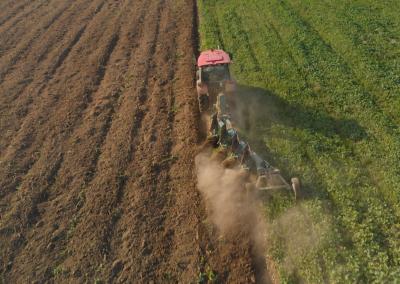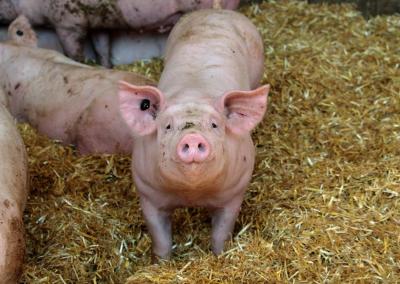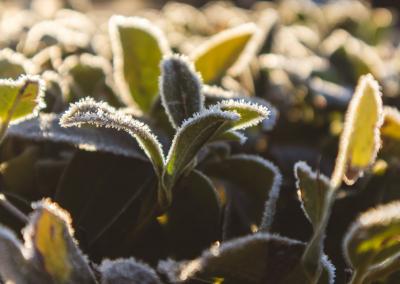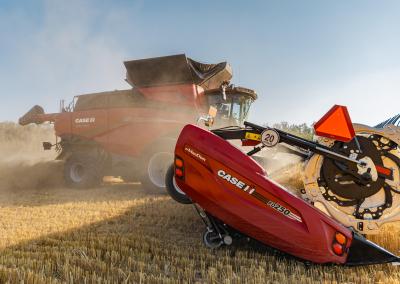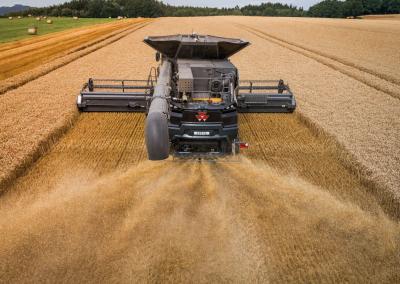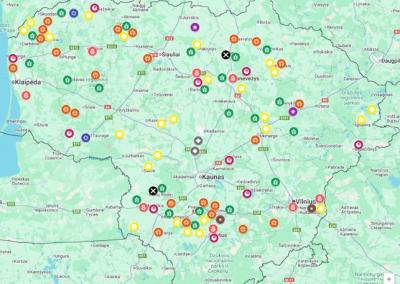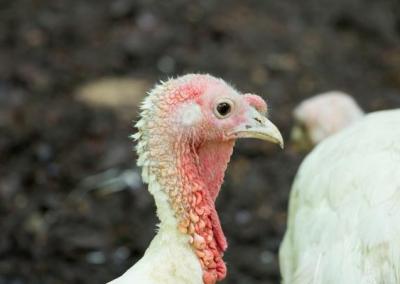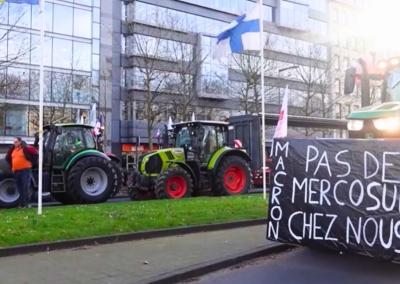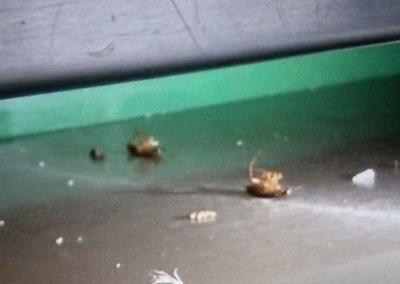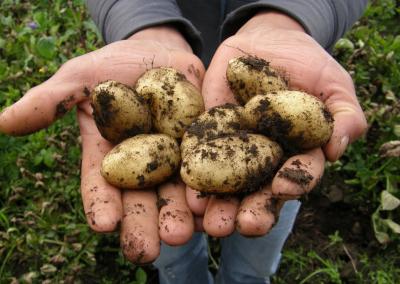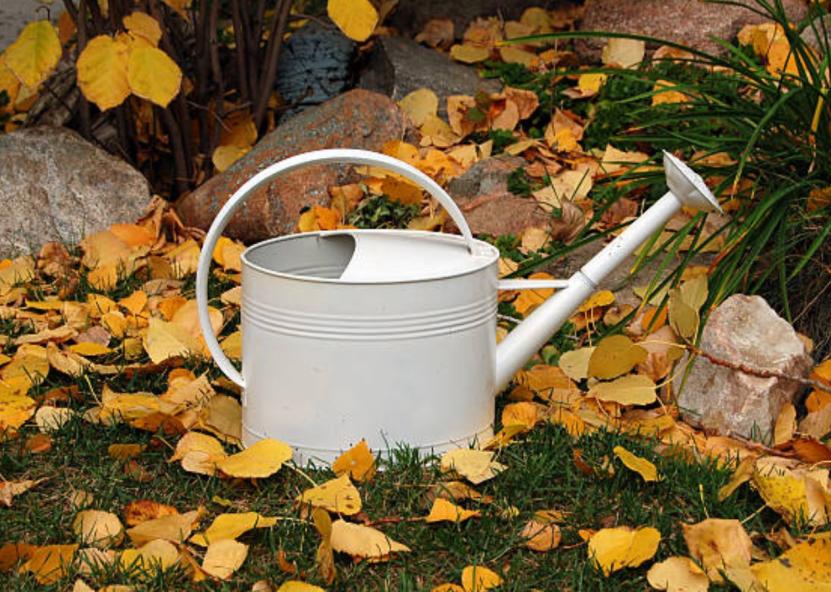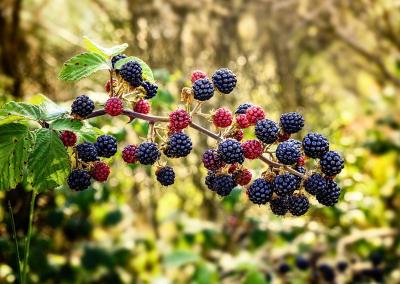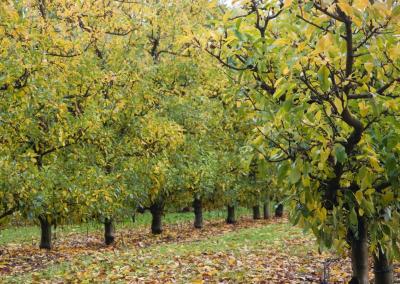Last autumn watering of fruit trees before winter. How to do it correctly
A brown garden also needs watering – this will help the trees survive frosts and winter cold. Fruit trees are watered to saturate them with moisture that evaporates from the surface of the leaves and branches. In winter, despite the frost, the evaporation process continues, although at a much slower rate. Consequently, trees that have not absorbed enough liquid before overwintering begin to „dry out“ when exposed to cold temperatures during the cold season.
To prevent this from happening, fruit trees need to be well watered before a stable frost occurs. In addition, well-watered soil is better able to transmit heat to protect the roots of the trees from freezing.
How to determine whether fruit trees need to be watered in autumn
It is believed that if it rains frequently and heavily in autumn, there is no need to water fruit trees. However, it is also important to take into account how the summer was. If it has been dry and arid, autumn rainfall will not be sufficient.
There is a more reliable way to check whether an orchard needs autumn watering. To determine the soil moisture content, dig a hole between the trees in the garden, 30-50 cm deep, and take a handful of soil from it. If the soil can easily form a dense clump, the garden does not need to be watered. But if the soil does not stick but crumbles in your hands – then autumn watering is necessary.
A more accurate answer can be obtained by placing the clump of soil from the hole on a piece of paper or on a paper napkin:
• the soil leaves a wet mark on the leaf - the garden does not need to be watered;
• the clump of soil is dense and wet but does not leave a mark on the paper - the fruit trees still need to be watered, but the amount of water should be reduced by one third;
• the soil clump is dry, crumbling and crumbling - the fruit trees need full irrigation.
When to water fruit trees in autumn
The last autumn watering should be done after mass leaf fall. At this time, the air temperature drops so much that the roots of the trees no longer consume much moisture. Watering before leaf fall can provoke shoot growth, especially in young trees. The plants will then overwinter poorly and will not be able to produce a good crop the following year.
The garden is normally watered between October and November (depending on the region). It is therefore best to look at the fallen leaves and the air temperature, which should be between +2 and +3°C.
Rules for autumn watering before winter
When watering the orchard in autumn, the soil must be moistened thoroughly before winter. This is because watering in small doses weakens the plants. Mature trees should be watered so that the moisture penetrates into the ground to a depth of 1-1,5 m. The minimum depth is 0,6-0,7 m.
A young tree planted this year or last year usually needs about 40 litres (4 buckets) of water. Older fruit trees (10-15 years old) need between 50 and 70 litres of water, and very mature trees up to 100 litres.
When watering in autumn, it is important not to overdo it or overwater the trees. Too much water can force air out of the soil, which often leads to root death.
When watering in autumn, it is also necessary to take into account the soil conditions on the plot. Sites with poor drainage and high groundwater levels need to be watered very carefully. In this case, it is recommended to irrigate the soil only to a depth of 1 m.
The last irrigation of fruit trees in late autumn before winter is intended to saturate the soil with moisture for the winter. This procedure is particularly important in regions where autumn is usually dry and the soil often dries out. Fruit trees and conifers need such irrigation. All trees should be watered on a sunny day.
Watering before winter not only ensures sufficient moisture, but also makes it easier for fruit trees to cope with low temperatures. In addition, moist soil is less likely to freeze than dry soil.
When watering from a bucket, it is more convenient to calculate the amount of water for each fruit tree. But if the tree is large and requires a lot of water, especially if the whole orchard is large, then you can't get to every tree with buckets. It is therefore much easier to put a watering hose under the fruit tree. And by digging watering channels in the soil, you can even organise the watering so that water can flow to several fruit trees at the same time.
How do I calculate the amount of water needed for hosepipe watering? Place the hose in a 10 litre bucket and see how long it takes for the bucket to fill up. Knowing this, you can calculate the time needed to water each individual fruit tree. These irrigation methods are only suitable for level ground where water will not run downhill from the trees.
In the case of sloping garden plots, it is better to use spray irrigation. This will allow the moisture to soak into the soil more evenly. However, please note that spraying increases the humidity in the air around the trees, which is not always a good thing as it can cause various plant diseases.

